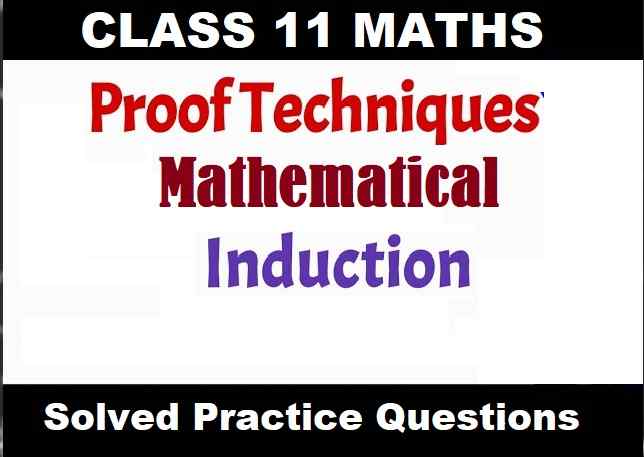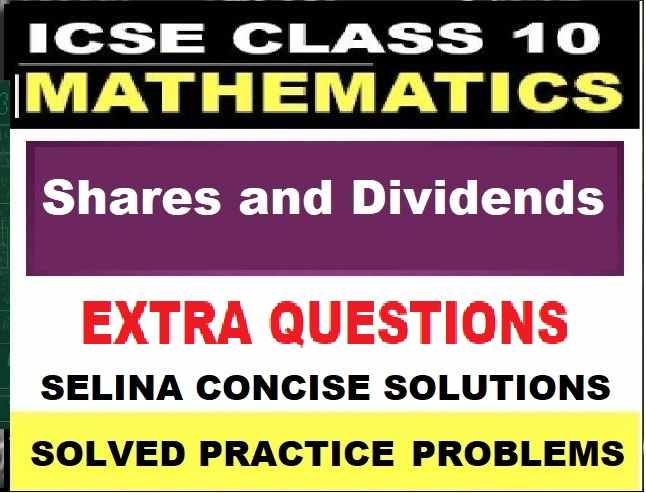Atomic Structure and Chemical Bonding Exe-4E Short Answer Chemistry Class-9 ICSE Selina Publishers Solutions Chapter-4. Step By Step ICSE Selina Concise Solutions of Chapter-4 Atomic Structure and Chemical Bonding with All Exercise including MCQs, Very Short Answer Type, Short Answer Type, Long Answer Type, Numerical and Structured/Application Questions Solved . Visit official Website CISCE for detail information about ICSE Board Class-9.
Atomic Structure and Chemical Bonding Exe-4E Short Answer Chemistry Class-9 ICSE Concise Selina Publishers
| Board | ICSE |
| Publications | Selina Publication |
| Subject | Chemistry |
| Class | 9th |
| Chapter-4 | Atomic Structure and Chemical Bonding |
| Book Name | Concise |
| Topics | Solution of Exercise – 4E Short Answer Type |
| Academic Session | 2023-2024 |
Exercise – 4E Short Answer Type
Atomic Structure and Chemical Bonding Class-9 Chemistry Concise Solutions
Page-81
Question 1.
(a) Define covalent bond.
(b) Give an example of the covalent bond formed by
(i) Similar atoms (ii) Dissimilar atoms
Answer:
(a) The chemical bond formed between two combining atoms by mutual sharing of one or more pairs of electrons is called a covalent bond.
(b) Covalent bond formed by
(i) Bond formed between two Cl atoms; Cl‒Cl
(ii) Bond formed between hydrogen atom and chlorine atom; H‒Cl
Question 2.
An element A has 1 electron in its first shell. It combines with element B having 7 electrons in its third shell. What type of bond is formed?
Answer:
Element A with 1 electron in its first shell is hydrogen, and element B with 7 electrons in its third shell is chlorine.
So, a single covalent bond is formed between hydrogen and chlorine by sharing one pair of electrons.
Question 3.
If electrons are getting added to an element Y; then
(a) what charge will Y have?
(b) is Y getting oxidized or reduced ?
Answer:
(i) Y will have negative charge as electrons are getting added to it.
(ii) Y is getting reduced as reduction is gain of electrons.
Question 4.
(a) Elements X,Y and Z have atomic numbers 6,9 and 12 respectively. Which one:
(i) Forms an anion
(ii) Forms a cation
(b) State the type of bond between Y and Z and give its molecular formula.
Answer:
(a)
(i) Y = 9
(ii) Z = 12
(b) Ionic bond with molecular formula ZY2.
Question 5.
Potassium chloride is an electrovalent compound, while hydrogen chloride is covalent compound, But, both conduct electricity in their aqueous solutions. Why?
Answer:
Potassium chloride is an electrovalent compound and conducts electricity in the molten or aqueous state because the electrostatic forces of attraction weaken in the fused state or in aqueous solution.
Polar covalent compounds like hydrogen chloride ionise in their solutions and can act as an electrolyte. So, both can conduct electricity in their aqueous solutions.
Question 6.
Name two compounds that are covalent when taken pure but produce ions when dissolved in water.
Answer :
HCl and NH3
Question 7.
An element M burns in oxygen to form an ionic compound MO. Write the formula of the compounds formed if this element is made to continue with chlorine and sulphur separately.
Answer:
Formula of compound when combined with sulphur – MS
Formula of compound when combined with chlorine – MCl2
Question 8.
State the type of bonding in the following molecules.
(a) Water,
(b) Calcium oxide
(c) Hydrogen chloride
Answer:
(a) Polar covalent bond
(b) Ionic bond
(c) Polar covalent bond
Question 9.
The atomic species X and Y have different number of protons but the same number of nucleons. While atoms A and B have the same number of protons but different number of nucleons.
(a) Which of them are
(i) isotopes
(ii) isobars ?
(b) Give one example of each.
Answer:
(a) (i) A and B are isotopes, as they have same atomic number but different mass number.
(ii) X and Y are isobars, as they have same mass number but different atomic number.
(b) (i) Examples of isotopes — 3517Cl, 3717Cl
(ii) Examples of isobars — 4018Ar, 4020Ca
— : End of Atomic Structure and Chemical Bonding Exe-4E Short Answer Class-9 ICSE Chemistry Solutions :–
Return to Return to Concise Selina ICSE Chemistry Class-9
Thanks
Please share with your friends


